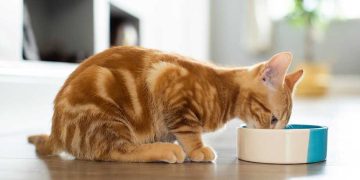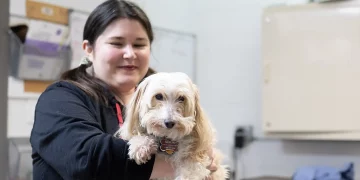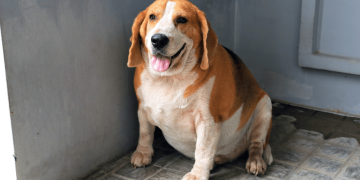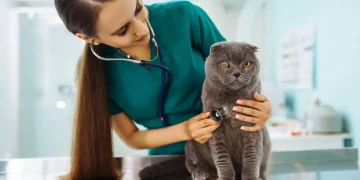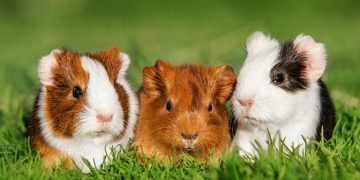Introduction:
Excessive shedding is a common concern for many dog owners. Whether you have a long-haired breed or a short-haired one, seeing fur all over your house can be frustrating. While shedding is a natural part of a dog’s life cycle, there are ways to manage and reduce the amount of hair they shed. Grooming care plays a significant role in controlling shedding and promoting healthier skin and coat. In this article, we will discuss effective grooming practices, products, and techniques that can help reduce your dog’s shedding, making both you and your dog more comfortable.
1. Understand the Causes of Excessive Shedding
Before diving into grooming solutions, it’s important to understand why your dog may be shedding more than usual. Shedding is a natural process where dogs shed old or damaged hair to make room for new growth. However, some factors can exacerbate shedding:
- Seasonal Shedding: Many dogs shed more during seasonal changes, especially during spring and fall when their coats adapt to the changing weather.
- Health Issues: Excessive shedding can be a sign of underlying health problems such as allergies, parasites, skin infections, hormonal imbalances, or poor nutrition. If shedding seems abnormal, it’s important to consult a veterinarian.
- Breed-Specific Traits: Some breeds, such as Huskies and German Shepherds, naturally shed more due to their double coats, while others, like Poodles, shed less.
- Stress or Anxiety: Stress, anxiety, or changes in the dog’s routine can sometimes lead to increased shedding.
By understanding the root cause of excessive shedding, you can choose the most effective grooming treatments and strategies.
2. Regular Brushing: A Key to Reducing Shedding
Brushing your dog regularly is one of the most effective ways to manage shedding. Brushing helps remove loose hair, prevents mats, and keeps the coat healthy. The type of brush you use will depend on your dog’s coat type.
a. Short-Haired Dogs
For short-haired dogs, use a rubber grooming mitt or a slicker brush. These tools help catch loose hairs and distribute natural oils throughout the coat, keeping the skin and coat healthy.
- Frequency: Short-haired dogs generally need brushing about once a week, though more frequent brushing may be necessary during shedding seasons.
b. Long-Haired Dogs
Long-haired breeds, such as Collies or Shih Tzus, benefit from a pin brush or a slicker brush to detangle mats and remove loose hair. A comb with wide teeth is also helpful for long coats, especially in areas prone to tangles, such as behind the ears and under the legs.
- Frequency: Long-haired dogs should be brushed at least 2-3 times a week to prevent tangling and matting, and daily brushing may be necessary during shedding seasons.
c. Double-Coated Dogs
Double-coated dogs, like Golden Retrievers or Australian Shepherds, shed a lot, especially during seasonal shedding periods. You’ll need an undercoat rake or a de-shedding tool to reach the undercoat and remove the loose hairs that contribute to shedding.
- Frequency: Double-coated dogs should be brushed 3-4 times a week, especially during shedding season, to remove the undercoat and prevent mats.
3. Bathing: Cleaning Without Stripping Essential Oils
Bathing your dog helps remove dead hair and dirt from the coat, but it’s important to bathe them properly to avoid stripping the coat of its natural oils, which can lead to dry skin and even more shedding.
- Shampoo: Use a gentle, moisturizing dog shampoo that’s formulated to reduce shedding and promote a healthy coat. Look for shampoos that contain natural ingredients like oatmeal, aloe vera, or chamomile, which soothe the skin and help prevent irritation.
- Conditioner: Applying a dog-friendly conditioner after shampooing helps moisturize the coat, reduce tangling, and make the fur softer, making it easier to remove loose hair during brushing.
- Frequency: Bathing frequency depends on your dog’s breed and activity level. Generally, dogs with normal activity levels can be bathed every 4-6 weeks. However, dogs with skin issues or excessive shedding might benefit from more frequent baths (every 3-4 weeks).
4. Diet and Nutrition: Fuel for Healthy Skin and Coat
Your dog’s diet plays a crucial role in their coat’s health and can impact the amount of shedding. If your dog isn’t getting the proper nutrients, their coat may become dry, brittle, or unhealthy, leading to more shedding.
- Omega Fatty Acids: Omega-3 and omega-6 fatty acids, found in ingredients like fish oil, flaxseed, and chicken fat, are excellent for promoting a shiny, healthy coat and reducing shedding. Consider supplementing your dog’s diet with these essential fatty acids.
- High-Quality Dog Food: Ensure your dog is eating a balanced, high-quality diet that meets their nutritional needs. Look for dog food that contains animal protein, vitamins, and minerals that support healthy skin and coat.
- Hydration: Make sure your dog always has access to fresh, clean water. Dehydration can lead to dry skin and excessive shedding.
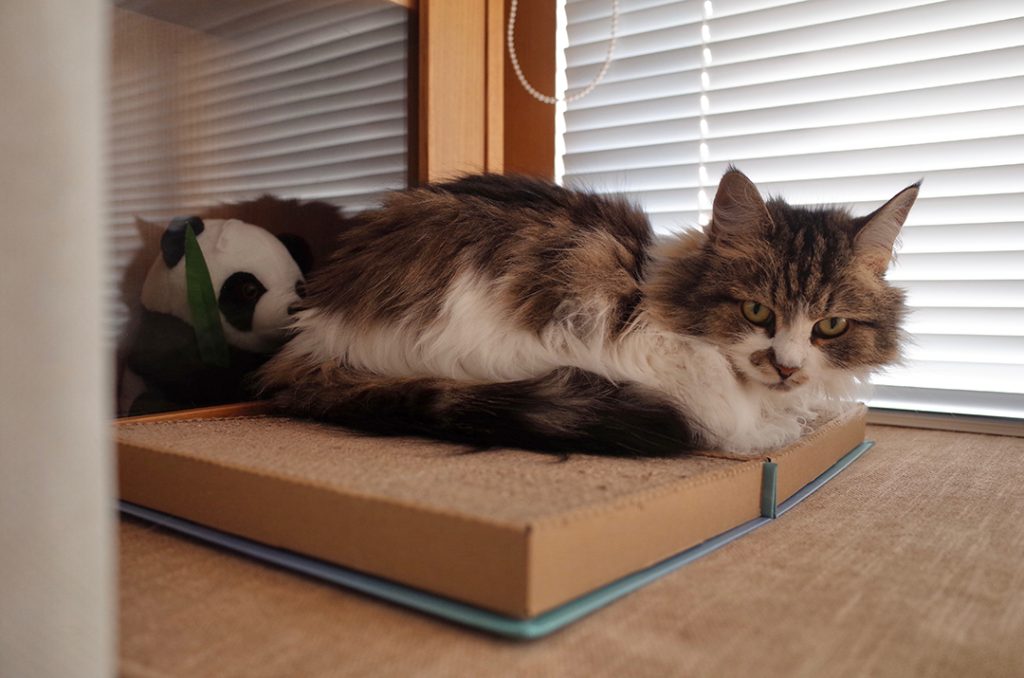
5. De-shedding Tools: Helpful for Managing Heavy Shedding
De-shedding tools are specially designed to help reduce the amount of loose hair your dog sheds. These tools reach deep into the coat and remove excess hair, especially from the undercoat.
- Undercoat Rake: Ideal for double-coated dogs, this tool helps remove loose hairs from the undercoat without damaging the outer layer of the coat.
- De-shedding Brush: A de-shedding brush like the Furminator is designed to reach deep into the coat and remove loose hairs, reducing shedding by up to 90%. It works by gently pulling out the undercoat without harming the outer coat.
- Deshedding Shampoo: There are shampoos specifically designed to help reduce shedding. These products often contain ingredients that help remove dead hair and soothe the skin.
6. Regular Vet Check-Ups: Rule Out Health Issues
If your dog is shedding excessively or showing signs of skin irritation, it’s important to consult with your veterinarian. There could be an underlying health issue causing the shedding, such as:
- Allergies: Dogs can develop allergies to food, environmental factors (such as pollen or dust mites), or flea bites, which can cause increased shedding.
- Parasites: Fleas, ticks, and mites can cause your dog to scratch excessively, leading to hair loss.
- Skin Infections: Bacterial or fungal infections can contribute to shedding and skin irritation.
- Hormonal Imbalances: Conditions like hypothyroidism or Cushing’s disease can affect shedding patterns.
A veterinarian will be able to diagnose any underlying health issues and recommend appropriate treatments, such as medications, flea prevention, or dietary changes, to reduce shedding.
7. Stress Reduction: Keep Your Dog Calm
Stress can contribute to shedding, as anxious or stressed dogs may lose more hair than usual. Reducing stress can help improve your dog’s overall well-being, including reducing excessive shedding.
- Provide a Calming Environment: Create a quiet and peaceful space for your dog, especially if they’re prone to anxiety.
- Exercise and Mental Stimulation: Regular exercise and mental stimulation can help reduce stress and anxiety, which in turn can help reduce shedding.
- Anti-Anxiety Products: Consider using calming products such as pheromone diffusers, calming collars, or anxiety wraps to help reduce stress in dogs that are prone to shedding due to anxiety.
8. Conclusion: The Key to Reducing Shedding
Excessive shedding can be controlled with a combination of proper grooming, nutrition, and regular vet check-ups. By understanding your dog’s coat type and needs, and incorporating the right grooming practices, you can reduce shedding and improve the overall health of their coat. Remember that while shedding is a natural part of your dog’s life, regular care and attention can minimize the amount of hair they shed and keep them feeling comfortable and looking great. Whether it’s through regular brushing, choosing the right diet, or using de-shedding tools, managing shedding will not only improve your home environment but also contribute to your dog’s happiness and well-being.









